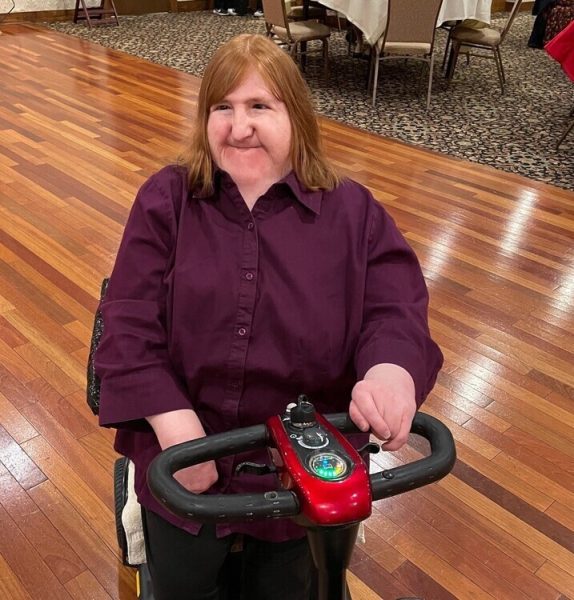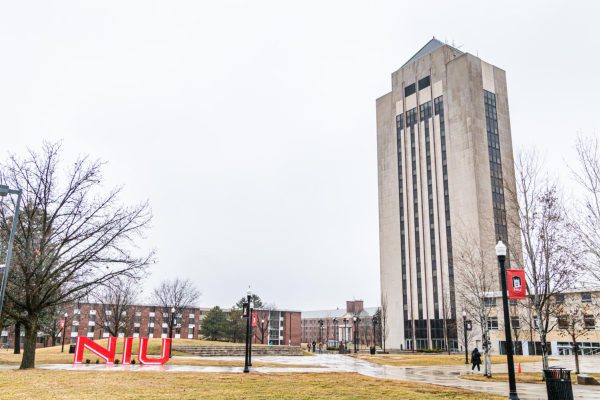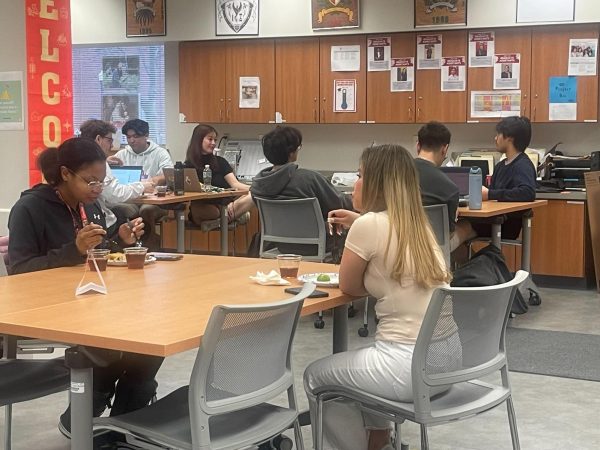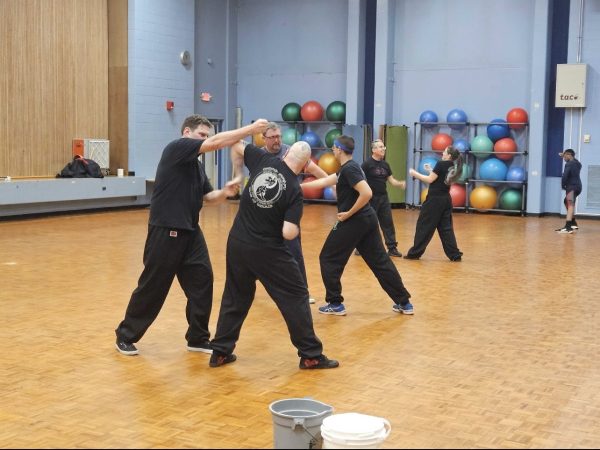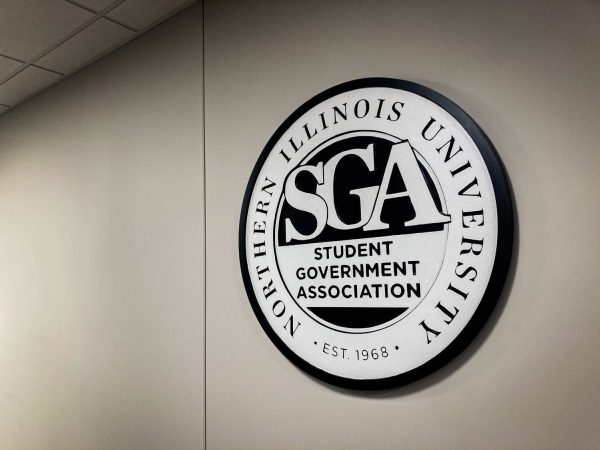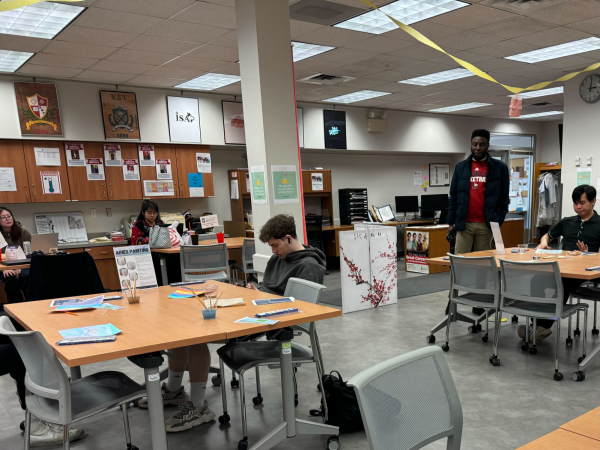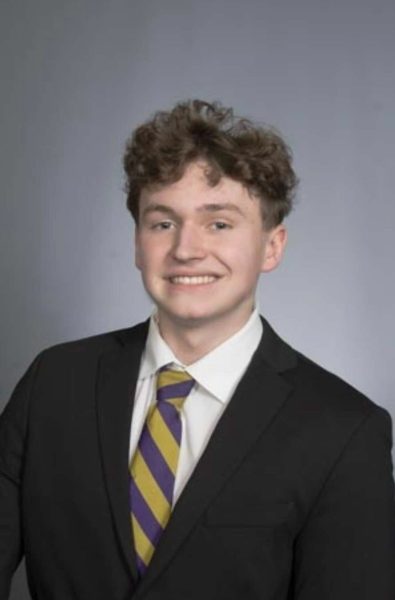Uncommon majors attract few students
November 14, 2003
The College of Liberal Arts and Sciences’ foreign language department holds the least common major among NIU students.
Registration and Records reported only two students majoring in Russian.
This may be because most students opt to take Russian only to fulfill their foreign language requirement instead of taking it as a major, said Sue Doederlein, associate dean of the college of LA&S.
“Although it’s a marvelous opportunity,” Doederlein said, “not many students have the background or expertise that would make them want to pursue Russian as a major.”
Not many majors have numbers as low as Russian does.
Registration and Records reported the number of students in majors in the College of Business ranges from 273 to 841 students.
Of the six majors in the College of Business, OMIS is one of the less common, with 354 majors, said Lori Marcellus, director of undergraduate studies in business.
At the College of Health and Human Sciences, there are 10 categories of majors. Of those, the clinical laboratory sciences major has the least students, according to Registration and Records enrollment numbers.
Enrollment for the majors in the College of Education ranges from 152 to 1,137 students.
The early childhood studies major has 152 students in the College of Education, but the major is part of a joint program with the College of Health and Human Sciences (HHS), said Christine Sorensen, dean of the College of Education. The number does not include the students enrolled through HHS, she said.
“We don’t really have any small programs, if you look at it in terms of majors,” Sorensen said, “because early childhood education numbers do not reflect the total in the program. I am sure if you add the students from HHS it would be greater than 182, the number for the kinesiology program.”
Kinesiology actually may be the smallest major in the College of Education, she said.
“The number may partly reflect the fact that the bachelor’s of science degree in kinesiology is relatively new compared to the other majors,” Sorensen said.
The clinical laboratory sciences major has 40 students, said Mary Pritchard, the associate dean of HHS. However, that number only includes juniors and seniors, she said, and does not include any pre-majors.
Clinical laboratory sciences also is a limited-admissions major, Pritchard said, meaning the number of students allowed is based on how many labs are open to students.
Harold Kafer, dean of the College of Visual and Performing Arts, said the theater department works much in the same way as clinical laboratory sciences.
For instance, he said, the theater department can’t accept more students than there are roles to fill.
“If we’re going to accept a student population of a certain size in an applied aspect,” Kafer said, “we have to make sure students are provided the opportunities to accomplish their goals.”
Available performing time and physical space also play a part in how many students are allowed into the visual and performing arts majors, Kafer said.
Students who have the appropriate performing experience are a driving feature behind selective admission in the arts, he said.
Dance is one of the smallest programs in the visual and performing arts program, with about 50 students, Kafer said. This major also uses selective admission; students have to audition to get accepted.
“As the number of college students expands,” Kafer said, “[limited admissions] is going to become a problem for higher education.”



